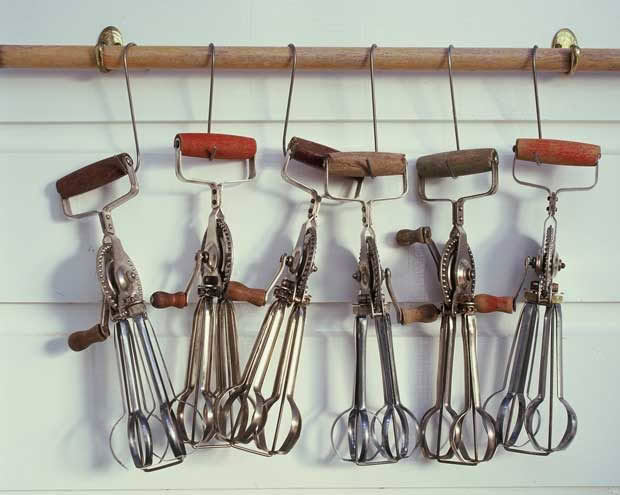Ruth Pretty’s handy baking tips

Ever wondered why some people seem to have a knack for baking? Ruth Pretty shares some pro-tips.
1. It is said a bad workman always blames his tools but however incompetent you feel you are at baking don’t settle for an oven which bakes unevenly or is not true to temperature. Unevenness of baking may be caused by air escaping from the door on account of the seal, or a slightly bent door, or the oven sitting on uneven feet. If the oven is a recent purchase your retailer should be able to help. An electrician will solve temperature fluctuation by calibrating your oven for you.
2. Well tested baking recipes specify a tin size and like a pair of jeans too much squeezed in is a very uncomfortable fit. Often you will not have the specified tin size so you have to adapt the quantity of raw mixture going into the tin. I use the “play centre” flour or water and a measuring jug or scales to work out area and volume but an intelligent person uses maths.
If a 10 cm square tin is specified, providing an area of 100cm2 and you want to use a rectangular tin measuring 15 cm by 10 cm, therefore area 150cm2, to bake the same recipe. Divide the area of the rectangular tin into the area of the specified square tin… In this case to use the rectangular tin you need to make the recipe 1.5 times.
For a round tin to establish the area you multiply 3.14 by the radius {half the diameter} squared. So if the specified tin has a diameter of 10cm, therefore a radius of 5cm, you multiply 3.14 x {5×5} cm2 which equals 78.5cm. If the tin you want to use has a radius of 10cm, providing an area of 314cm, divide the area of the tin you wish to use by the area of the tin specified, which in this case means you need to 4 times the recipe.
The above calculations are area only, implying that you are aiming for cakes with the same depth {height}. To alter the depth you need to make a volume calculation which means you multiply the area by the depth of the cake desired.
3. A good recipes should always say “cook for ? minutes” or until “ firm to the touch/skewer comes out clean etc” The time specified in the recipe as baking time relies on many variants. Variants include position in oven, warmth of mixture before it goes in oven, and what else is cooking in the oven and sometimes just how you hold your tongue. A metal skewer is a very handy tool for checking interior of cake.
4. Grease tins with baking spray, or oil or butter. I always line the base with baking paper to ensure easy release. If a cake has a longish cooking time then make sure you line the sides of tin with paper to prevent the top of the cake becoming too browned. If the top of the cake is browning cover the top of the cake with baking paper.
5. Scales, and preferably electronic scales, allow you to measure ingredients precisely. If you use measuring cups and spoons then remember {15ml} to a tablespoon in New Zealand and {4 teaspoons or 20 ml} to a tablespoon in Australia. With baking soda, powder, extracts, salt and gelatine this can make a big difference to the end result. On another note technically only water is equal weight to volume.
6. To serve very fresh baking at short notice note that individual serve items of baking like muffins, friands and scones can be frozen unbaked. For muffins and friands freeze in tins, for scones freeze formed on trays, then bake from frozen to suit your needs. Set the oven at the temperature specified and allow perhaps 3 to 4 minutes longer cooking time.
7. Refresh one day old muffins, friands and even scones for 5 – 10 minutes in a 150oC oven, cool and then serve.


